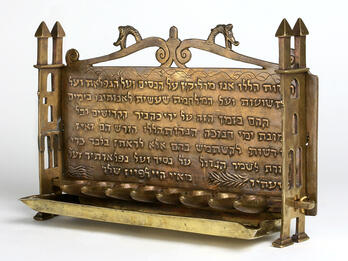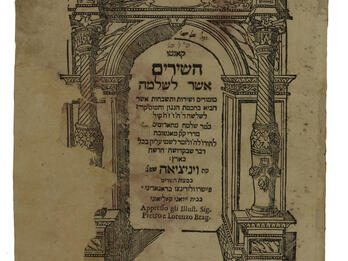Shilte ha-giborim (Shields of the Mighty)
Abraham Portaleone
1611
The kinnor, called in a foreign tongue arpa (harp), is a wooden instrument made in the likeness of a wide-open entrance without their being doors on it, and its upper threshold is broad and its lower one narrow, for the two pillars lean toward one another, so that that instrument, [when one looks at it] from below, is, on its top, in the likeness…
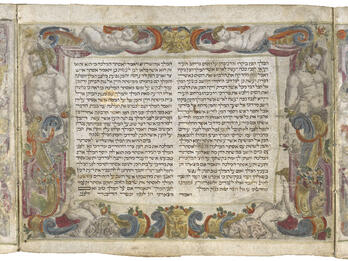
Related Guide
Early Modern Italy: Where East and West Meet
Ashkenazim, Sephardim, and Marranos encountered each other in Italian cities, developing community structures that later influenced Jewish communal organization throughout the western world.
Related Guide
Early Modern Jewish Languages
As Ashkenazi and Sephardi Jews migrated eastward, Yiddish and Ladino emerged as distinct languages. Both languages developed literary traditions, as print became more widespread.
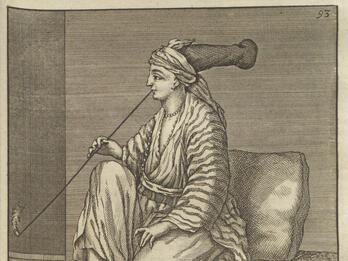
Related Guide
Early Modern Literature and the Arts
Jewish literary creativity flourished in the early modern period, dominated by Hebrew poetry that blended religious themes with Renaissance forms.
Creator Bio
Abraham Portaleone
The Italian physician Abraham ben David Portaleone studied medicine and philosophy at the University of Pavia and assumed his father’s place in the Mantua college of physicians in 1566. He was appointed physician to the ducal house in 1573. Portaleone garnered an impressive reputation and, in 1591, received permission from the pope to attend Christian patients. At the request of Duke Guglielmo, Portaleone wrote a book in Latin offering medical guidance and another concerning the use of gold in medicine. After a stroke left him half-paralyzed, Portaleone composed a work for his children that integrated science and religion: Shilte ha-giborim (Shields of the Mighty). This was also the first Hebrew work to use European punctuation. It integrated discussions of various branches of knowledge into an explanation of the Temple service and rituals. The work is a significant cultural document, including discussions of contemporary technology as well as biographical details.
You may also like
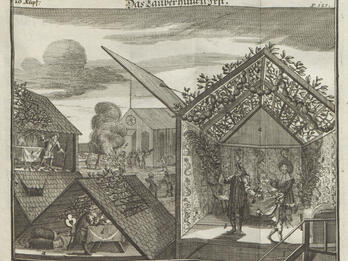
Sukkot
Arugat ha-bosem (Bed of Spices)
